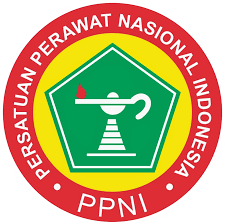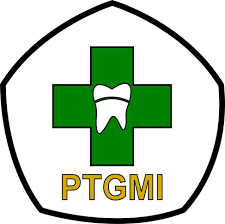Relationship Between Spirituality, Religiosity And Quality Of Life Of Hypertension Patients
Abstract
Background: Non-communicable diseases (NCDs) are the leading cause of death worldwide. Various complications threaten hypertension sufferers, including kidney failure and the development of atherosclerotic plaque, arterial occlusion, ischemic injury and stroke if it lasts for a long time. Hypertension sufferers experience a decrease in quality of life related to the inability to control blood pressure and the long-term effects of hypertension. Non-pharmacological and complementary hypertension management has attracted a lot of research interest to be developed and shown significant results. Complementary therapies that are carried out include increasing spirituality and religiosity, which are used to reduce stress, anxiety and depression that can cause increased blood pressure. Respondent recruitment begins with blood pressure measurement, after it is determined that the patient has hypertension, the researcher will determine whether it is included in the inclusion criteria: 1) able to communicate well, 2) systolic pressure ≥ 140 mmHg and diastolic ≥ 90 mmHg. Exclusion Criteria: 1) patients who have comorbidities/Complications 2) Patients who are pregnant. After determining the sample, the researcher will provide questions through the Daily Spiritual Experience Scale (DSES) and the WHOQOL-BREF questionnaire.
Method : This study is a quantitative study using an analytical survey with a Cross Sectional approach conducted on the elderly population with hypertension at the Simpang IV Sipin Health Center. The sampling technique is simple random sampling with a population of hypertension sufferers at the Simpang IV Sipin Health Center totaling 5511 and the number of samples that have been determined is 212 people who are analyzed using Chi Square.
Result: The results of the study showed that on average, hypertension patients had High Religiosity (75.5%), and High Spirituality (76.4%) and had a good Quality of Life, which was 79.7%. The results of the bivariate analysis found that there was a relationship between spirituality, religiosity and the level of quality of life of hypertension patients (P value = 0.000).
Conclusion : There is a Relationship between Spirituality, Religiosity and Quality of Life of Hypertension Patients at Simpang IV Sipin Health Center. It is recommended that the Health Center provide education to increase spirituality and religiosity in Hypertension patients.

























